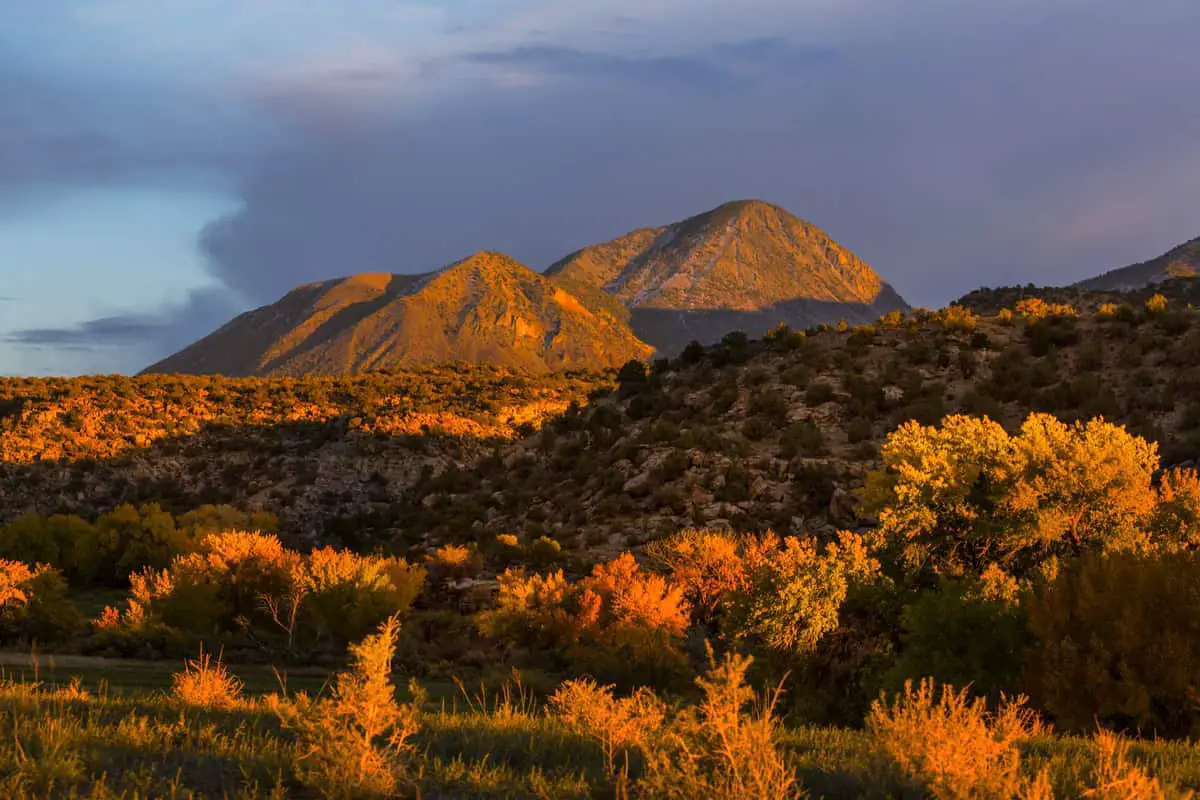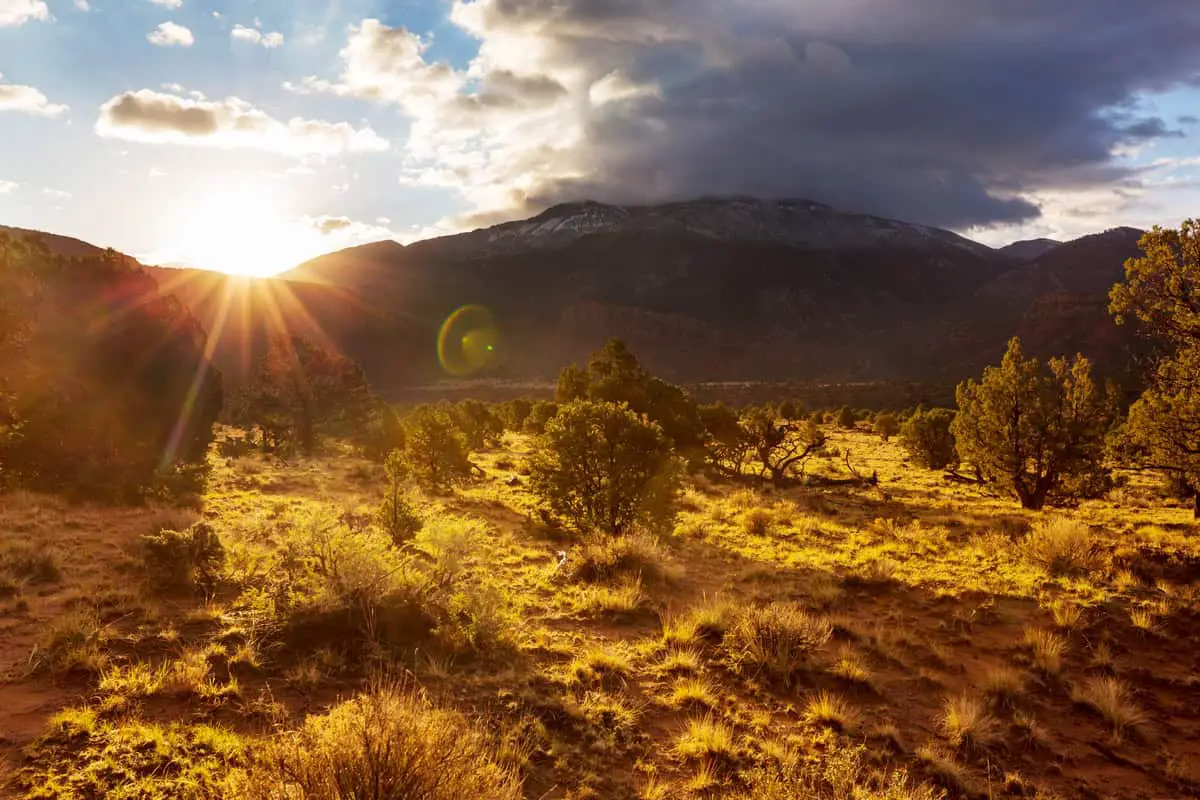
New Mexico boondocking destinations can be free and dispersed camping thanks to the state’s extensive public lands managed by federal agencies like the BLM and the NFS. What you should know about boondocking in New Mexico – laws, types of public lands, planning suggestions – and tips for certain New Mexico boondocking destinations.

Boondocking Regulations in New Mexico.
Campers interested in boondocking on public lands in New Mexico should know federal regulations. Where permitted, dispersed camping is allowed within 150 feet of roadways in National Forests, but developed areas such as trailheads and picnic spots are generally closed. Both BLM and NFS areas have a 14-day stay limit – you can camp for 14 days in a given spot within 28 days before having to move outside a 25-mile radius. This rule has minimal environmental impact and allows others to use the space. These boundaries are often not marked, so check with park rangers for advice on legal camping spots and special area considerations.
Popular Boondocking Areas and Land Management.
BLM Lands:
BLM lands offer the most option for New Mexico boondocking and are among the most accessible for New Mexico boondocking when looking for an off-grid experience. With over 40 dispersed camping locations, these areas often offer limited services (vault toilets or fire rings depending on the site) but often have no utilities such as potable water and trash disposal. Locations like El Malpais National Conservation Area and Sabinoso Wilderness Area provide scenic, natural areas to relax and explore.
National Forests:
National forests (the Gila, Carson, and Lincoln) offer New Mexico boondocking destinations with a variety of features including mountain views, rivers and dense woodlands. These areas are for those seeking natural beauty in solitude but campers should be prepared for limited services. To avoid trail degradation, stay within 150 feet of existing roads and use existing fire rings to reduce fire risk. Most forest rangers recommend contacting their offices before setting up camp, especially during fire season or if there are active wildlife advisories.
National Monuments:
Some national monuments permit dispersed camping (but a pass is required for entry) such as El Morro and Organ Mountains-Desert Peaks. These areas may have more developed facilities than BLM or NFS lands, but they still strive to preserve natural and historical features. These sites may be an option for boondockers who want to see historical landmarks while camping.
Tools and Resources for New Mexico Boondocking Destinations
New Mexico Boondocking: Cartography of areas where dispersed camping is allowed. Resources like The USDA forest Service’s interactive map locates exact boundaries for national Forest lands, and apps like The Dyrt Pro and Campendium provide reviews and let users identify BLM and NFS boundaries. These tools can be useful for navigating remote areas without cellular service, providing offline map access and boundary markings.
It also helps having the right equipment. Because most dispersed camping areas do not provide amenities, campers should bring enough water, food, waste disposal and tools for an emergency. An additional responsibility of boondockers is to “leave no trace” and protect these areas from future use.
Practical Considerations
Weather Conditions:
New Mexico’s climate varies greatly depending on location and elevation, with deserts experiencing hot days and cold nights, and mountainous regions often seeing unpredictable weather. Checking weather conditions before leaving and having the right gear can help with safety and comfort.
Wildlife and Vegetation:
Get to know the local wildlife and vegetation, especially in remote forest areas. Information on wildlife safety includes areas with bear or mountain lion populations from the National Forest Service. Bring bear-proof containers and follow fire safety rules for your personal safety and health.
Community Etiquette and Environmental Care:
With boondocking becoming more popular, camping etiquette is a must. If existing campsites are to be created, do not exceed all local fire restrictions, especially during new Mexico’s fire season.
Community Etiquette and Environmental Care:
With boondocking becoming more popular, camping etiquette is a must. If existing campsites are to be created, do not exceed all local fire restrictions, especially during new Mexico’s fire season.
Respecting these considerations and using available resources, campers can have fun boondocking in New Mexico. Regardless of whether you wish to spend time by yourself in the wild or you need to venture across iconic landscapes, New Mexico’s public lands offer boondocking for everybody.

Information Resources
Bureau of Land Management
National Forest Service
Parked in Paradise. “Where to Find Free, Dispersed Camping in New Mexico”
Visit us at the Boondocking Locations homepage to search our full database.
